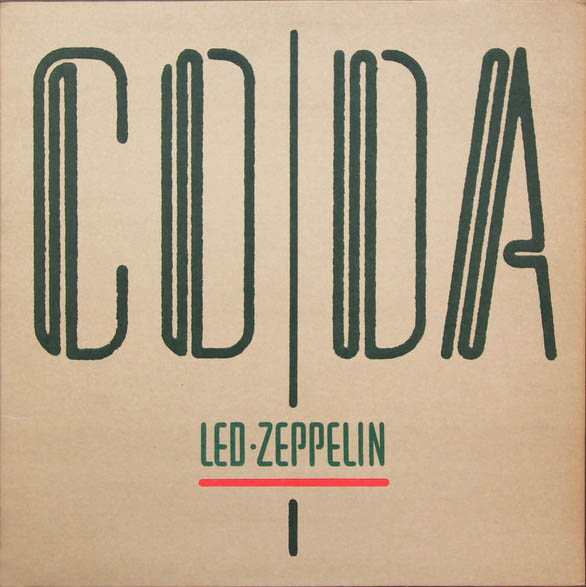An added find from a fossil discovered at Suncor’s Millennium Mine is being called one of the best discoveries of 2020.
The Royal Tyrrell Museum of Palaeontology, Brandon University, and the University of Saskatchewan have been working together for several years on unlocking some of the secrets from the world’s most preserved armoured dinosaur ever discovered.
The fossil also included the ‘best-preserved dinosaur stomach’ which allowed them to discover the creature’s last meal which included mostly fern leaves, stems, and twigs.
“Also, there is considerable charcoal in the stomach from burnt plant fragments, indicating that the animal was browsing in a recently burned area and was taking advantage of a recent fire and the flush of ferns that frequently emerges on a burned landscape,” said David Greenwood, Brandon University Biologist.
They also found gizzard stones which were generally swallowed by herbivorous dinosaurs and birds such as geese to aid digestion.
“We also know that based on how well-preserved both the plant fragments and animal itself are, the animal’s death and burial must have followed shortly after the last meal,” added Caleb Brown, Royal Tyrrell Museum Paleontologist.
This discovery has led to LiveScience, National Geographic, and CNN calling it one of the best discoveries of the past year.
“It’s challenging to know exactly what herbivorous dinosaurs ate — leaves and other plant materials don’t fossilize well, and even if ancient organic matter is preserved, it’s hard to know whether the dinosaur ate it, or if the two fossilized side-by-side by chance,” read the article by LiveScience.
“The discovery of a nodosaur fossil with a well-preserved digestive tract has helped shed light on this mystery.”








